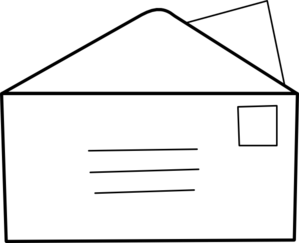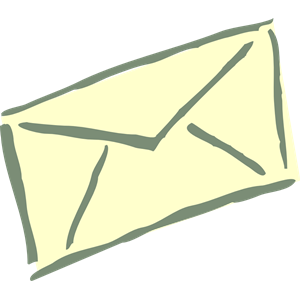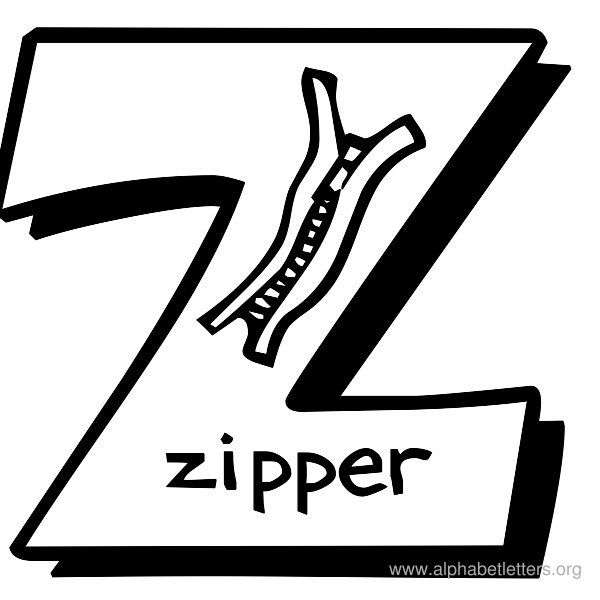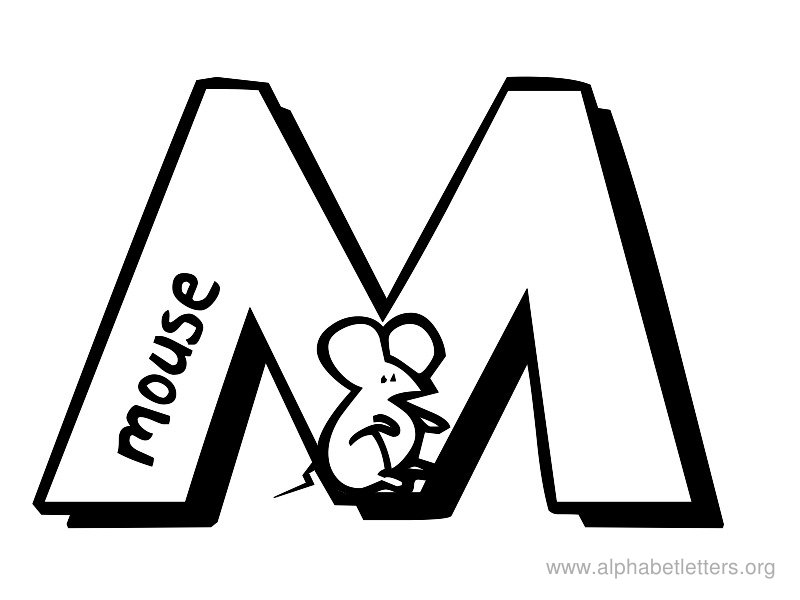Letter Clipart
“I prefer to write letters – real letters, handwritten with love, care, joy and thought.” ~ Lisa Kleypas
The lost art of personal letter writing evokes images of classic authors like Jane Austen carefully handwriting with a feather quill by candlelight. Indeed the definition of “letter writing” used to be quite clear when mail correspondence was the main avenue for any long distance communication before telephones or email.
But both formats and perceptions of letter writing evolved dramatically across changing times. Its purposes might transform further in the digital age, yet an enduring magic remains. Read on to trace the history of letters and discover related clipart to add soul into your next handwritten or electronic dispatch!
Evolution of Written Correspondence
Early letter writing goes back over 4,000 years in Mesopotamia using stone tablets to preserve political and trade records. Egyptians wrote on papyrus reeds, Romans etched messages onto wax, while ancient Chinese wrote on bamboo strips tied together with silk into scrolls facilitating transport of letters and decrees across the empire.
Paper-making and postal systems during the Islamic Golden Age revolutionized correspondence networks across cultures. By medieval periods, vellum and seals helped formalize diplomatic letters between nobles and royals. Wax seals verified authenticity. During the Renaissance era philosophers wrote lengthy erudite letters debating ideas that later became influential published books.
Over 19th and 20th centuries, advances like postal reform, mass production of inexpensive stationery, typewriters, telegrams, telephones, fax machines, photography, airmail and eventually email radically transformed communications. Yet handwritten and typed letters carried tradition and intimacy electronic messages struggle to convey.
Letter Writing Supplies and Materials
Sourcing suitable writing surfaces and tools characterized letter composition for millennia. Ancient clay, stone and leaf tablets gave way to processed hides, papyrus, parchment, vellum, rag paper, codices, bamboo and even silk. Feather quills, reed brushes, rich pigmented inks and wax seals became letter writing staples.
By the 1830s metal dip nibs enabled mass produced steel-tipped pens capable of elasticity suiting personal writing style. Fountain pens emerged in 1884 delivering reliable ink flow control. Pencils offered another inexpensive, erasable alternative using graphite. More accessible paper manufacturing helped popularize charming collectible stationeries, decorated notecards and artistic envelopes.
Parts of a Letter
Whether penned by nobility with a bureau assisting correspondence or wartime families yearning for news from deployed husbands and sons overseas, letters tend to share standard structural elements:
- Heading with return address
- Opening salutation greeting the recipient
- Introduction setting context
- Body elaborating purpose
- Conclusion final thoughts
- Closing valediction or saying, signature
Formatting conventions signaled respect, intimacy or urgency. Desire to reconnect with loved ones inspired ornate flourishing embellishments on envelopes and stationary for special dispatches.
Handwritten vs Typed Letters
The typewriter’s 1880s debut increased business communication efficiency. However, families and friends maintained cherished traditions of handwritten letters keeping meaningful connection alive through world wars and longing emigrations even amidst telegraph and telephone wires.
Handwriting’s fluid strokes convey personality in ways fixed uniform keyboards currently struggle to replicate. A handwritten letter demonstrates care through the very tactile investment to manually unspool thoughts upon paper. The treatment carries deeper perceived significance associated with cherished memories and longing.
Decorated and Illustrated Letters
Versatility altered letter purpose by era ranging from political decrees to poetic verse. Literary collections like The 50 Greatest Love Letters Of All Time transformed private words into publicly beloved works of art. Certain correspondence represented seminal cultural milestones: Henry VIII’s inflammatory letter divorcing Britain from Catholicism establishing the Church of England and Nelson Mandela’s letters documenting Apartheid earned far reaching recognition.
Valentines and greeting cards spawn a massive industry in their own right hearkening back to Victorian craftmaking traditions. Carefully chosen stationery, calligraphy, pressed flowers, affectionate sketches and wax seals embellish cherished notes. Letters present a fluid artistic canvas celebrating life’s connections through creativity.
Letter Writing in Popular Culture
Cinema dramatized power of letters for decades in iconic films such as:
- The Letter depicting murder and scandal
- Love Letters tender moment reliving romance
- You’ve Got Mail modernizing affairs through electronic messaging
- Letters To Juliet recounting lost love
The romance film genre extensively leverages pining love letters to pull heartstrings. Meanwhile books like 84, Charing Cross Road framed 20 year correspondence between a New York writer and London bookshop proprietor into compelling literature winning devotion from legions of bibliophiles.
Songs also venerate letter writing like Elvis Presley’s “Return To Sender”, Beatles “P.S I Love You”, and more recently Christina Auguilera’s “Love Letter”. Clearly handwritten notes retain resonance!
Types and Styles of Letter Clipart
Today’s designers can incorporate letter motif graphics through:
- Quill pens conveying classic literary elegance
- Curled vintage postage envelopes with wax seals
- Stacks of inked parchment tied by ribbons
- Close up paper textures, script/calligraphy
- Typewriters, ink bottles and fountain pens
- Photo collages of love letters in bottled messages at seas
Nostalgic vintage postmarks, addressing templates, and postal iconography help situate audiences in bygone eras when waiting weeks for faraway letters carried sweet anticipation. Custom lettering typography spells names meaningfully within layouts like magazine features or posters.
Using Letter Clipart
Such ephemera clipart proves versatile for enhancing website headers, stationery suites, announcements, wedding invitations, blog banners, scrapbooks, recipe cards, posters and so much more.
They also make excellent creative writing prompts. Ink blots, quills, emptied wax sticks, discarded drafts tied with string, opened envelopes, calligraphy guide sheets — curate inspiring letter writing clip art collections to frame stories waiting to unfold!
Immerse in these troves of letter writing history served through nostalgic graphics stirring up forgotten longings. Has some old flame or faraway family member awaited your handwritten dispatch through the years? Why not take a quiet moment this weekend to reach out across time and space – electronically delivered or posted in ink-etched cursive – to share whatever overdue stories fill your heart? Those who receive and read your sentiments will undoubtedly cherish the surprise gesture channeling such rich tradition.
In this page clipartix present 66 letter clipart images free for designing activities. Lets download Letter Clipart that you want to use for works or personal uses.






































































